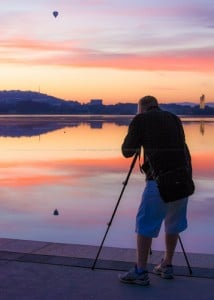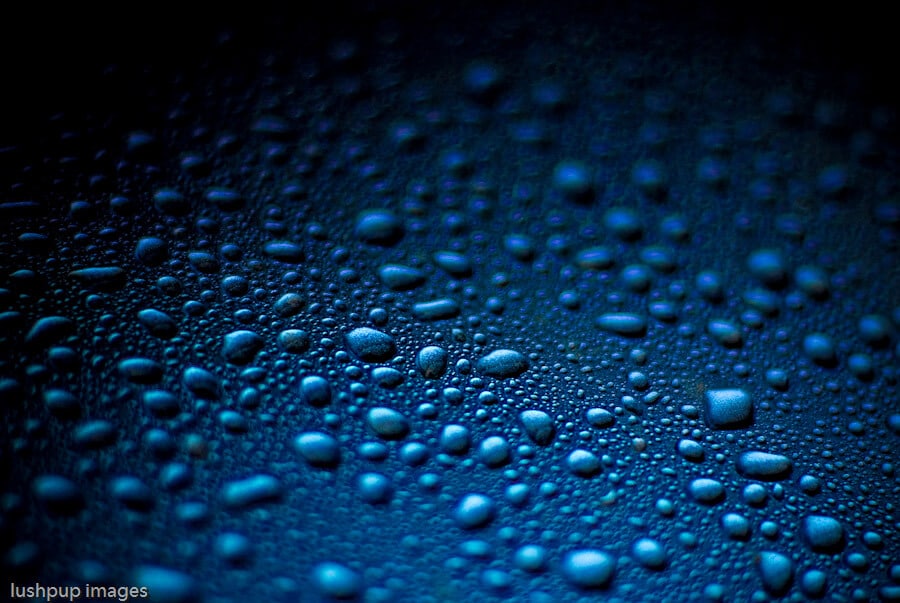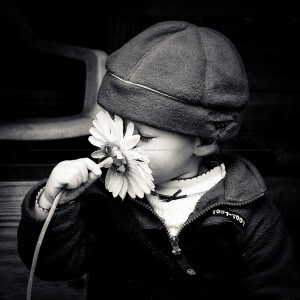The Invisible Mother
This was a practice where the mother, often disguised or hiding, often under a spread, holds her baby tightly for the photographer to insure a sharply focused image.
- The Hidden Mother

Now I understand that this practice originated when exposure times were slow meaning subjects had to sit perfectly still to render themselves sharply. I get that some families wanted only to have a portrait of their offspring with no parents. I still find the pictures a little macabre and creepy. I know that I'm looking with a modern eye and that what I'm seeing was 'standard practice' for the photographer and subjects but I can't help feeling that the pictures resonate with our society's underlying desire to make mothers invisible at the expense of their families. We don't pay mothers to do what they do ... we expect it. The need of the next generation are put, quite rightly, first but at the expense of and often with hidden cost to the mother. The Invisible Mother.

So here we have a series of pictures which had they been taken today could be hailed as a representation of the western social invisibilty of motherhood ... but that's not why they were made.

Interesting stuff to ponder ... what do you think?
Footnote: I found these fascinating photographs over at BlueMilk and liked them so much I'm referencing the original site Retronaut where you can find a stack of these images.
Guilty Pleasures: Battleship (2012) a short review
 I admit to a guilty pleasure. I do enjoy a high-tech sci-fi shoot-em-up special effect showpiece. Transformers was fun (2&3 deplorable!) and as long you didn't think too hard was an enjoyable spectacle. Battleship (2012) was too. There are plot holes you could sail the USS Missouri through and the acting was handled adequately despite the poor script. In addition it had the overall feel of a defence force recruiting puff-piece ... this time for the Navy ... all those beautiful young things and crisp white uniforms. That said, a lot of them died. The special effects and battle-tech were quite spectacular ... if you've ever wondered what a destroyer being systematically torn to bits from the inside by a shiny high-torque rotary gear shredder might look like then this is the flick for you.
I admit to a guilty pleasure. I do enjoy a high-tech sci-fi shoot-em-up special effect showpiece. Transformers was fun (2&3 deplorable!) and as long you didn't think too hard was an enjoyable spectacle. Battleship (2012) was too. There are plot holes you could sail the USS Missouri through and the acting was handled adequately despite the poor script. In addition it had the overall feel of a defence force recruiting puff-piece ... this time for the Navy ... all those beautiful young things and crisp white uniforms. That said, a lot of them died. The special effects and battle-tech were quite spectacular ... if you've ever wondered what a destroyer being systematically torn to bits from the inside by a shiny high-torque rotary gear shredder might look like then this is the flick for you.
Throw in a geeky scientist who discovers his backbone, a double amputee vet from Aphganistan, a tepid love interest and lots of cooperation with the captain of a Japanese destroyer and you have a reasonable idea of what's going on. The USS Missouri (a WWII battleship moored as a museum piece - armed and fueled no less) was brought into the action by a small group of former crew members now serving as ship guides ... armed and fuelled? Really? The love interest annoyed me.
Great to look at and some humour in there too, the film is apprently based on the grid-based game 'Battleship' by Hasbro though I have to say loosely based ... very loosely based.
I did get to see the trailers for the Avengers (yawn) and Prometheus the new effort from Ridley Scott. I got the feeling from the cinema audience that that was the film everyone is waiting for ... it looks bloody amazing :-)
Battleship (2012) screening at Dendy Canberra.
Shores of a methane sea
Imagine standing on a planet much colder than this one is now and looking out over a sea of liquid methane ...
Shores of a Methane Sea ... the crunch of crystalline accretions under your boot
... the way the liquid moves and sighs - not like water
but thinner and with crackle...
About the picture: playing around with the B+W ND110E 10 stop neutral density filter.
Connecting you now
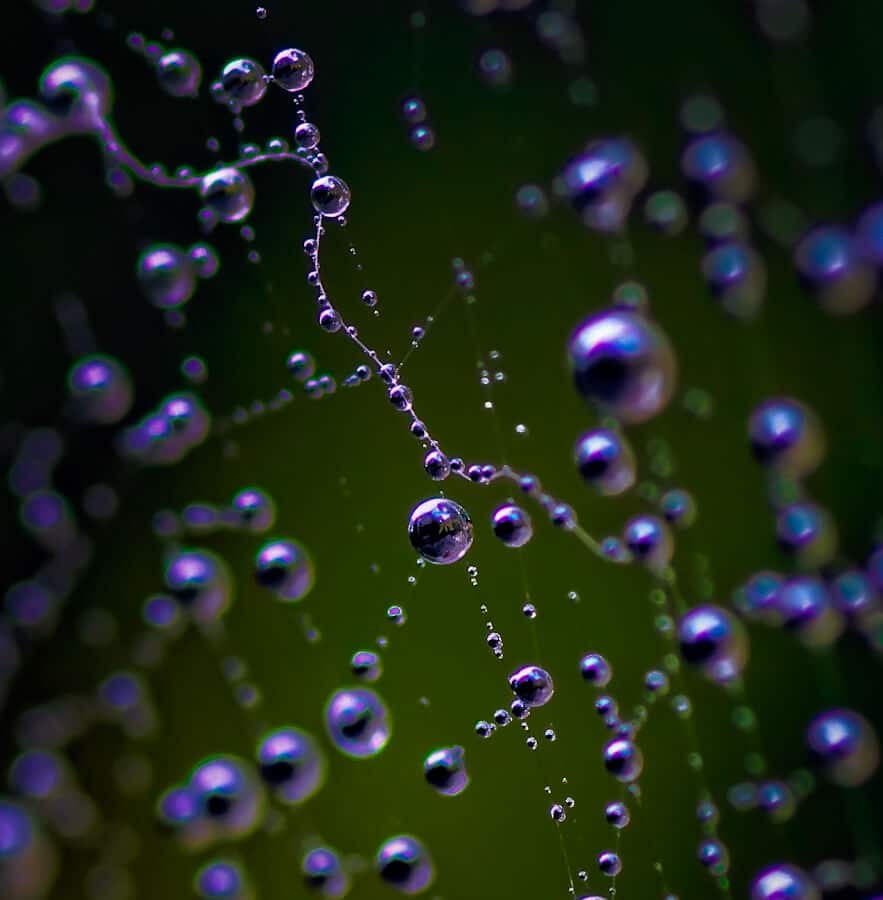 I was inspired by a post by fellow blogger Star Rush in Seattle called Currents. In the post, Star spoke of the currents of energy, life and power. The post was accompanied by one of her beautiful monochrome photos featuring a jumble of power-line and cable. While I liked the post very much, it got me to thinking about not only the energy the lines carry, about how they power our homes or carry telephony (remember then?) but how they connected us. I got to reflecting that when an operator said "Connecting you now..." they really were. You were physically connected to the person you were speaking to.
I was inspired by a post by fellow blogger Star Rush in Seattle called Currents. In the post, Star spoke of the currents of energy, life and power. The post was accompanied by one of her beautiful monochrome photos featuring a jumble of power-line and cable. While I liked the post very much, it got me to thinking about not only the energy the lines carry, about how they power our homes or carry telephony (remember then?) but how they connected us. I got to reflecting that when an operator said "Connecting you now..." they really were. You were physically connected to the person you were speaking to.
Think about that for a moment ... physically connected to someone else whether in the next street or on the other side of the planet.
While I embrace the freedom that the mobile age has brought, I feel that something somewhere has been lost ... a connection to one another if you will. How we're more connected than ever but somehow dis-connected at the same time.
Connecting you now.
My image went viral on Pinterest (and I didn't know)
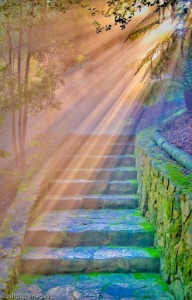 I was going through my Google+ stream earlier tonight and came across a reshare of this image ... only it wasn't reshared from me but from someone else! Cranky! Theft! Piracy!
I was going through my Google+ stream earlier tonight and came across a reshare of this image ... only it wasn't reshared from me but from someone else! Cranky! Theft! Piracy!
I contacted both my contact who had shared it to me and the original person who had it in their stream with no attribution. They got back really quickly and apologised meaning no harm and promptly removed it as I requested ... it still had my old 'Lushpup Images' watermark on the bottom left of the picture! I asked where they found it and they said #pinterest and sent me the URL (they really were quite helpful and I became less cranky). Sure enough there was my image with the watermark ... no attribution. What caught my eye was the list of 200+ reblogs listed on that page. When I did a Google Image search for the picture I was returned 15 pages of exact matches from all blogs and sites all over the world ... I stopped looking after that.
Interestingly, downloading a copy of the image from a number of sites to my machine (coming home in a way) the Author metadata still listed Lushpup Images as author and copyright holder ... not that anyone looked at it ;-)
Now, in the rare times I go searching for my own images using Image Search I come across one or two sites. I send them an email and in 99% of cases we resolve it through removal or attribution. In this case, where the image has clearly gone viral, what to do? I have heard that Pinterest throws copyright and intellectual property pretty much out the window by leaving it up to the individual account holder...
My image went viral on Pinterest (and I didn't know) ... What would you do?
thewalkdownunder 2012 Google+ Photowalk
I participated in the inaugural 2012 Google+ Photowalk held here in Canberra yesterday. It was an early start (7am at Regatta Point) but the day was an absolute cracker weather wise. A beautiful dawn with balloons saw about 30 people gather, score a t-shirt and set off on 4 hours of chatting, meeting and of course taking photos. Great to put some names to faces and to meet people I'd never seen nor heard of before. It was fun. I even found an iPhone on the way back and managed (via calling their recent calls list) to track them down and return it. How nice am I? ('very' is the correct answer to that) Did you take part in thewalkdownunder 2012?
Condensed
Condensed
The cool skin, attractive
pulling my eyes
pulling the very vapours from the air
loving dappled and blue
condensed.
Melbourne across the Yarra - Tiny Planet
I learned how to do a 'Tiny Planet' image from an existing panorama last night. This was taken last year in lovely Melbourne. Shot from the south bank, it's a view of Melbourne across the Yarra River. A 5-shot panorama stitched together in Photoshop before being 'planeted'.
The tutorial I followed was this one published by www.photoguides.net and it was ridiculously simple to produce something gorgeous.
Go and give it a go and be sure to let us know how you got on :-)
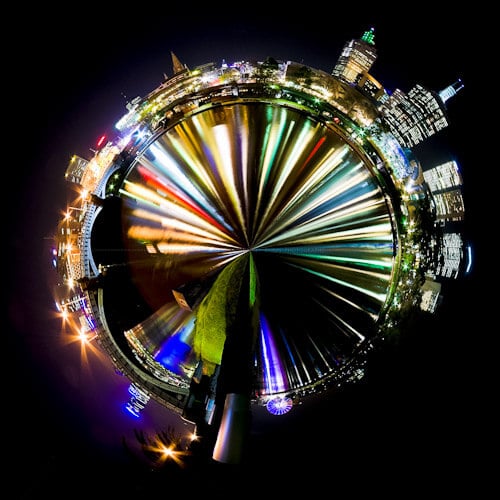
Add EXIF data to your scanned images
 OK ... so you've been out taking pictures with film. You've got the film developed and most likely had the negatives scanned so you can add the images to your digital library.
OK ... so you've been out taking pictures with film. You've got the film developed and most likely had the negatives scanned so you can add the images to your digital library.
Perhaps you like to use keywords to index or sort your library. Maybe you like to see only those photos taken with a particular model camera ... like your film camera? Digital cameras record information about the image captured in the form of a series of EXIF tags (Camera, Lens, Aperture, Exposure etc). It's these tags that applications like Picasa, Lightroom and Aperture read when importing your images. Scanners apply EXIF data to the images resulting from scans. Film cameras do not (with some rare exceptions) record EXIF data so you'll need to create it. So here you are, seeking to add EXIF data to your scanned images.
Since Adobe’s Lightroom and most of the other tools that I use are geared towards DSLRs, I have felt the need to add as much EXIF data to my scanned images as possible. The more photos I add to Lightroom, the more important Smart Collections are getting to me and the less I want to rely on keywords. Things become even more complicated when I started using more than one film camera and wanted to use the standard ways to sort my photos by camera. Besides, I have this blog and display my photos online, my visitors want to inspect the EXIF data to get a feel for how I arrived at a particular exposure.
If you have googled how to update EXIF data in an image and you have landed here ... you have probably also come across the ExifTool by Phil Harvey. This tool can do everything and more, but in the end it is a Perl script with a command line interface. What was needed was a graphical user interface to the ExifTool and Bogdan Hrastnik has stepped up and developed the ExifToolGUI Windows tool for which you can find all information here. Strongly recommended!
After a little bit of time spent in the 'Newbie' stream of the ExifToolGUI forums I worked out how to alter the EXIF data of my scanned film images to reflect the Camera and Lens used to capture the image. Voila! Best of all I can modify the files as a batch. Since my images were already in Lightroom, I selected the images in the Library view, right-clicked them and selected 'Metadata > Read metadata from files' to refresh the image tags reported within the library.
From here they arced across the sky - Mamiya 645 Super
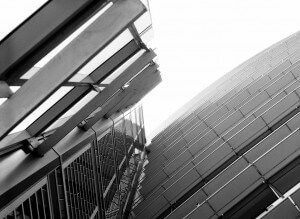
I recently 'inherited' a Mamiya 645 Super medium format camera. I just got my first negs (and medium resolution scans) back from the lab. I took a roll of expired Ilford SFX 200 to see if the beast still worked. It did but the battery died about two shots before I took this. I remembered that the camera will shoot even if insufficient power is contained in the battery but that the shutter speed is fixed at 1/60sec. So this one's fully manual and literally a straight scan from the neg ... ooh I'd forgotten how negatives are just the most beautiful things.
From here they arced across the sky
Were you interested in science at school?
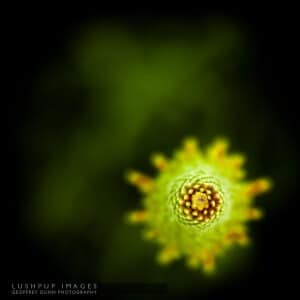 Were you interested in science at school? I was!
Were you interested in science at school? I was!
Recently I was asked by a friend on Google+ if I would mind if her son (in Year 7) could interview me as part of a school science project. The project involved speaking with with someone working in science. I was chuffed to be asked and I received a sheet of 12 questions. I had fun putting the answers together and I thought I might share them.
1. What is the best thing about your job and why?
The best thing about my job is that I get to colour in. OK, there’s the cool technology and the high-end computing gear and the conversations with bright people who really understand their scientific specialities. That and the thought that you’re doing something useful and in a way that will be helpful to the people that come after you.
2. When and how did you become interested in science?
I think I’ve always liked science. I have always been interested in the way things work but as I got older I became more interested in the way things work together … the relationships things (and people!) have with each other … the way they interact.
3. Were you interested in science at school?
I was! I was very lucky to have teachers* who were not only interested in science but helped to teach me to think scientifically. I learned that science is not a thing you learn, a subject for memory but a way that you learn … a method if you like. Sure, we did simple experiments at school but most importantly it taught us how to think. You asked if I attended a private school? I did not … public education all the way.
4. Have you won any awards for being a scientist & if so what were they?
Not for the science or research. I have won awards for the contributions my team’s work has made to much larger projects. A lot of what I do is create block for other people to place together to create something else.
5. What qualifications did you need for your job?
I required university qualifications in natural sciences and many years of information technology experience to do well in my job. I have a Bachelor of Science from the Australian National University. Another important part of my work is explaining to others what my area does and I’m a skilled communicator.
6. What is computer mapping and remote sensing?
Gosh … how long have we got?
Computer mapping (or GIS (Geographic Information Systems)) is making database recording not only what something is (tree, light pole, drain, road, house etc) but where it is in relation to something else (on top of, next to, 100m away from, north of etc). Measuring the where of the object and how it relates to the where (or spatial location) of another object is very time-consuming and fiddly. Computers (and GPS (Geographic Positioning Systems)) enable us to make those calculations very quickly and so representing & mapping those relationships becomes much easier.
Remote sensing refers to measuring the nature or properties of something from a distance rather than directly. There are many remote sensing platforms and sensors … some slung beneath aircraft or helicopters or mounted on satellites. These sensors measure all sorts of things; light, reflectivity, radiation, magnetics. The information they collect is filtered and processed and then overlaid over data and information to again look at the relationship between things. Not only the relationships but, perhaps more importantly how the things measured change over time.
7. What type of discoveries have you made?
I haven’t made any discoveries per se. I have helped to document and report relationships between ecosystems and natural resources (eg forests and water and salinity)
8. Are you passionate about your work or is it just a job?
That changes. Mostly I’m passionate about it … I do care about the quality of the work I do and ensuring that it’s useful to others to include in their work. Other times the repetitive nature of science based work (using the same tried and true technique over and over again to ensure consistent results – there is a lot of that in science-based work!) seems a drag and it becomes a job. That said, I believe what I do is important and makes a contribution.
9. Why does this type of science interest you?
I think I mentioned colouring in. The natural world is everywhere and we really don’t understand it … sure, we get bits and pieces of it and there are lots of people studying separate pieces of it very intensely but overall we don’t know how and why it does what it does. That we don’t know is what interests me.
10. Do you do experiments as well or do you just do research?
Not experiments in the ‘test-tube’ sense but we do put forward hypothesis, develop methods, test them, analyse results and then report them … so I guess we do  . Research? Always researching.
. Research? Always researching.
11. Have you done other types of science before?
No, not really … it’s all kinda scientific. I just want to say again what I said earlier … that science is not something to be learned but much more a way of thinking.
12. What do you want to achieve in your career?
It’s not a career more than a lifelong journey of discovery and (hopefully) understanding what goes on around me.
*thank you to teachers Lavers, Quodling, MacFarlane, Roxby, Scown, & Roseby :-)
Links:
Australian Science Communicators
Questacon - The National Science & Technology Centre
With These Hands I Will Make The World
With these hands I will dig
and hold
circle
and fold
shape
and grow
caress, create
with these hands I will make the world
Out in the backyard, playing in the dirt ... the simple joys of finding a creature alive in the soil. Then crushing it and loving it until it's alive no more ... I hope that if there is some kind of spirit guardian of the invertebrate realm that they perhaps look the other way when small children play with their kin.
Don't forget to stop and smell the flowers
I don't recall the very first time I heard the expression 'Don't forget to stop and smell the flowers'. I have always loved flowers and blooms, their myriad colours and forms ... and scents. My love of flowers has stayed constant while the way I look at them changes constantly. When I learned about plants and what flowers are for, the way they entice and mimic ... the way the look different under ultraviolet or infra-red. The way we use flowers to say things ... from red roses for love through a whole spectrum of colours to black roses for death ... 'say it with roses' indeed! Flowers as symbols of the transience of life. Fake flowers ranging from the trashy to the profoundly elegant. I learned about flowers as genetic markers, indicators of weed species, the passing of seasons, their rarity and their basic commonality. The sound of bees in trees in Springtime. The carpets of riotous colour beneath flowering camellia. I learned their smells ... I'd like to retire somewhere where I can smell the scent of frangipani blossoms ... the heady scents of Spring and warm breezes. Native Australian flowers whose scents pass into honey, bulbs, trees, bushes dripped with rain or dew. And then I started to take photographs of them.
And sometimes I don't see them, or smell them, or sense them ... I'm busy doing something else, preoccupied. Sometimes I sit and just watch them and think as I'm doing now about all the different ways I see them. The day I saw my children learning to sniff their first flower nearly made me cry. My advice ... don't forget to stop and smell the flowers :-)
2012 Royal Canberra Show - Clean Sweep
The Royal Canberra Show is held every year to celebrate and showcase the very best that the region has to offer. I have been entering photographs into the Canberra Show Art Prize for the past three years. There are four classes in which to enter photographs;
- Open
- Landscape/Places
- People & Portraits; and
- Black & White
I always try to enter a photo into each class and I have picked up several 1st places over the years in various classes. This year though something quite remarkable happened: I won every class! I still have not quite gotten my head around quite what this means but really it's an excellent result! The photos and their classes are presented below;



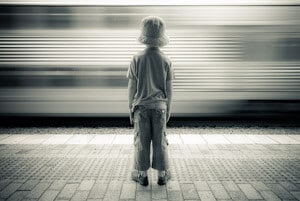
Organ donor? I have decided. Have you? Does your family know?
 I was reminded by Ally over at her blog everyday miracles that it's Donate Life week - an initiative by the Australian Government to promote awareness of and (hopefully) increase the number of people willing to donate their organs. Organ donation in Australia is low. In fact, Australia has one of the lowest donation rates in the developed world.
I was reminded by Ally over at her blog everyday miracles that it's Donate Life week - an initiative by the Australian Government to promote awareness of and (hopefully) increase the number of people willing to donate their organs. Organ donation in Australia is low. In fact, Australia has one of the lowest donation rates in the developed world.
I have always rationally believed in organ donation ... although I admit to finding the subject a little disturbing at first. I found that if I turned it around... if I thought about how I would feel if someone had donated to me and given me what amounts to a most precious gift ... then signing up for my card would be a lot less disturbing. So that's what I did. I figured if I'm not around to require it any more then someone else would be free to use it. I signed up, I had my discussion with my family who thankfully agree with donation and are (for the most part) organ donors too.
Some facts about organ donation in Australia (from the donate life website)
- One organ, eye and tissue donor can save or enhance the lives of 10 or more people.
- Australia is a world leader for successful transplant outcomes, yet has one of the lowest donation rates in the developed world.
- Around 1600 people are on Australian organ transplant waiting lists.
- On average, people on the transplant list can wait between 6 months and 4 years. 4 years!
With a majority of Australians generally willing to become organ donors it is vitally important that people willing to donate their organs have a memorable discussion with their family about their wishes. In Australia, the family will always be asked to confirm the donation wishes of the deceased before donation for transplantation can proceed. Less than 60% of Australian families give consent so it's again vital that your discussions are had and that they are memorable.
I carry my card, my family knows.
Organ donor? I have decided. Have you?






